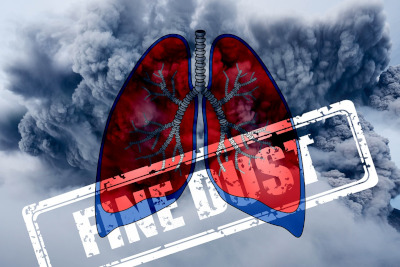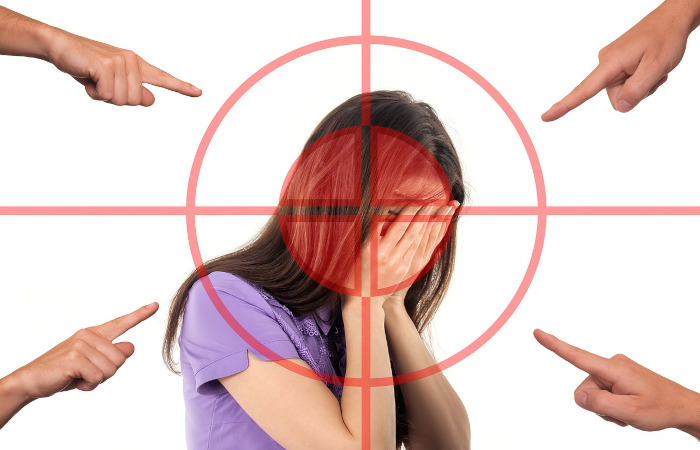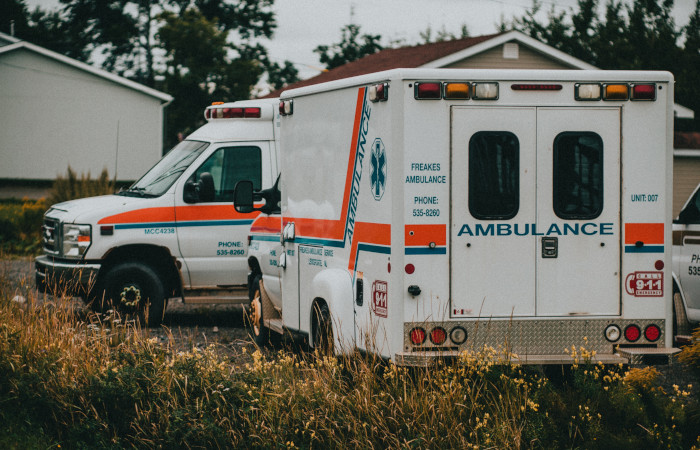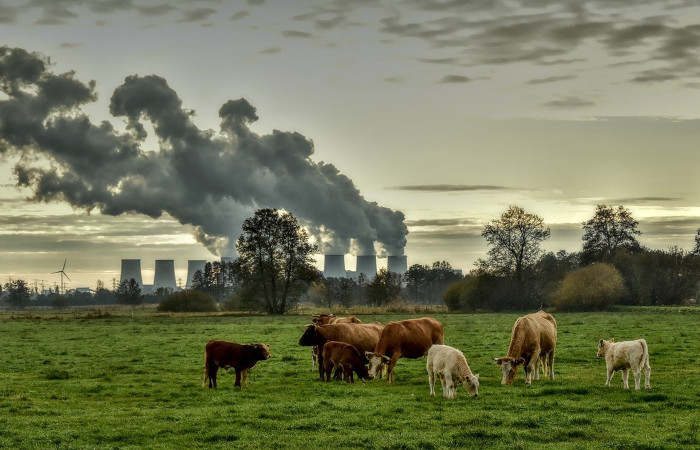Respiratory Health
About Environmental Pollution
There are many different types of environmental pollution, such as air pollution, water pollution, land pollution, and noise pollution. Pollution is something in the environment that has a harmful or poisonous effect. While all pollution damages health and the environment, air pollution is particularly important to young people whose respiratory health can suffer as a result.
What is Air Pollution?
Air pollution is when air has the presence of a substance which has harmful effects. Outdoor air quality problems are a threat to health across the world. Tiny pieces of solids or liquids pollute the air and can be harmful to your health. The particles can include dust, dirt, soot, smoke, liquid drops, etc. Smog, which includes ground-level ozone, also can pollute the air.

Some particles are big enough (or appear dark enough) to see — for example, you can often see smoke in the air. Others are so small that you can’t see them in the air. Smaller or fine particles are the most dangerous because they can get into the deep parts of your lungs or your blood. Bigger or coarse particles can irritate your eyes, nose, and throat. Cancer, trouble breathing, and problems with babies at birth also are linked to particle pollution.
Can air pollution affect me?
Anyone can be affected by particle pollution. But there are some people that are affected more including:
- Kids and babies
- Children and adults with heart or lung diseases–like asthma
- Older adults
How do I protect my health?
Air Quality
Please watch the following video.
Next Module
Choose which module you would like to explore next. When all six are complete, you are ready to take the Final Quiz required to earn the patch.








